Archives
- 2025-12
- 2025-11
- 2025-10
- 2025-09
- 2025-03
- 2025-02
- 2025-01
- 2024-12
- 2024-11
- 2024-10
- 2024-09
- 2024-08
- 2024-07
- 2024-06
- 2024-05
- 2024-04
- 2024-03
- 2024-02
- 2024-01
- 2023-12
- 2023-11
- 2023-10
- 2023-09
- 2023-08
- 2023-07
- 2023-06
- 2023-05
- 2023-04
- 2023-03
- 2023-02
- 2023-01
- 2022-12
- 2022-11
- 2022-10
- 2022-09
- 2022-08
- 2022-07
- 2022-06
- 2022-05
- 2022-04
- 2022-03
- 2022-02
- 2022-01
- 2021-12
- 2021-11
- 2021-10
- 2021-09
- 2021-08
- 2021-07
- 2021-06
- 2021-05
- 2021-04
- 2021-03
- 2021-02
- 2021-01
- 2020-12
- 2020-11
- 2020-10
- 2020-09
- 2020-08
- 2020-07
- 2020-06
- 2020-05
- 2020-04
- 2020-03
- 2020-02
- 2020-01
- 2019-12
- 2019-11
- 2019-10
- 2019-09
- 2019-08
- 2019-07
- 2019-06
- 2018-07
-
In order to derive a better
2020-11-17

In order to derive a better understanding of the results from our SAR study, we utilized Glide to model the binding of the SAR compounds with the non-active site pocket of TS-DHFR shown in C. The majority of models position the phenolic moiety of these compounds within the non-active site pocket, wh
-
The identification of a gatekeeper mutation also suggests th
2020-11-17

The identification of a gatekeeper SCF, murine recombinant protein receptor also suggests that alternative DDR2 inhibitors may be required to overcome acquired resistance. Additional DDR2 inhibitors that have been isolated include the recently identified alkaloid natural products discoipyrroles A-D
-
br Materials and methods br Results br
2020-11-17
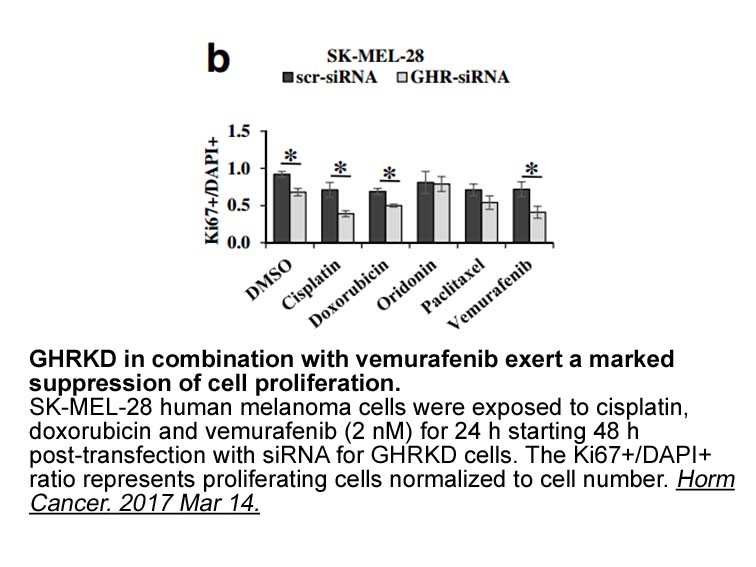
Materials and methods Results Discussion DDR2 played a role in cell motile behavior, but the relationship between motility and collagen activation of DDR2 tyrosine kinase was unclear. Studies with smooth muscle cells from DDR1−/− mice demonstrated a defect in cell attachment to collagen and
-
It is well established that Shp
2020-11-17
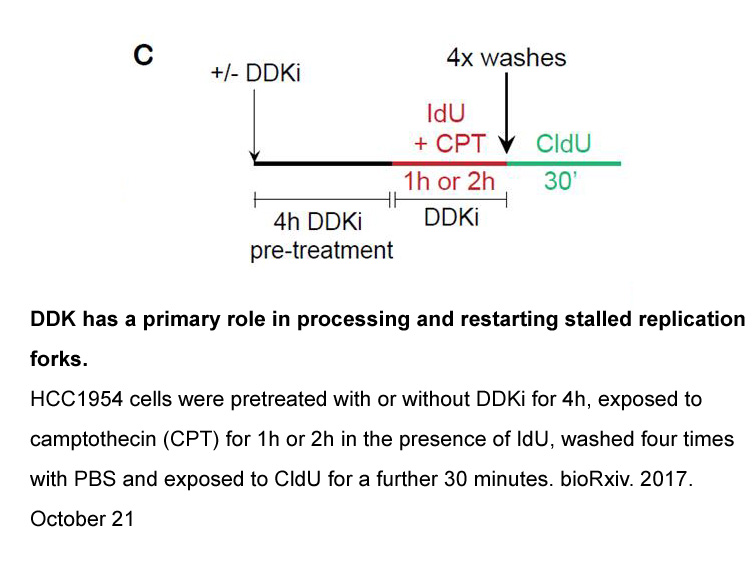
It is well established that Shp-2 can function as a substrate for several RTK, such as PDGF or EGFR [23], [36]. To test whether DDR1 recognizes Shp-2 as its substrate, we overexpressed a catalytically inactive Shp-2 mutant together with DDR1b in 293 cells [31]. Immunoprecipitation of Shp-2 followed
-
Among the various neurotransmitter systems pointed out
2020-11-17
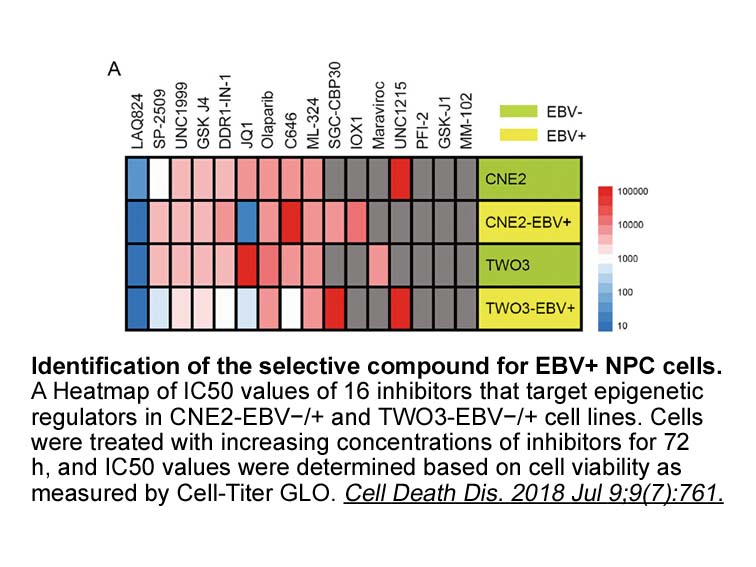
Among the various neurotransmitter systems pointed out to play a role in the mediation of defensive and antinociceptive responses elicited by environmentally aversive stimuli, the neuropeptide corticotropin-releasing factor or hormone (CRF or CRH) has attracted the interest of many researchers inves
-
br The LSCP model and
2020-11-17

The LSCP model and its properties In this section, we first introduce the LSCP model in Section 2.1. Some examples of the model are presented in Section 2.2 and basic properties of the model are presented in Section 2.3. Finally, Section 2.4 introduces finite dimensional approximations necessary
-
Semantics play an important role in
2020-11-17

Semantics play an important role in software component-based development as they improve components identification, selection and integration through, among others, the use of ontologies (Kaur and Mishra, 2017). Analogously, they allow to improve discovery, composition and reuse in the context of We
-
VHb expression in recombinant E coli expressing P H
2020-11-17
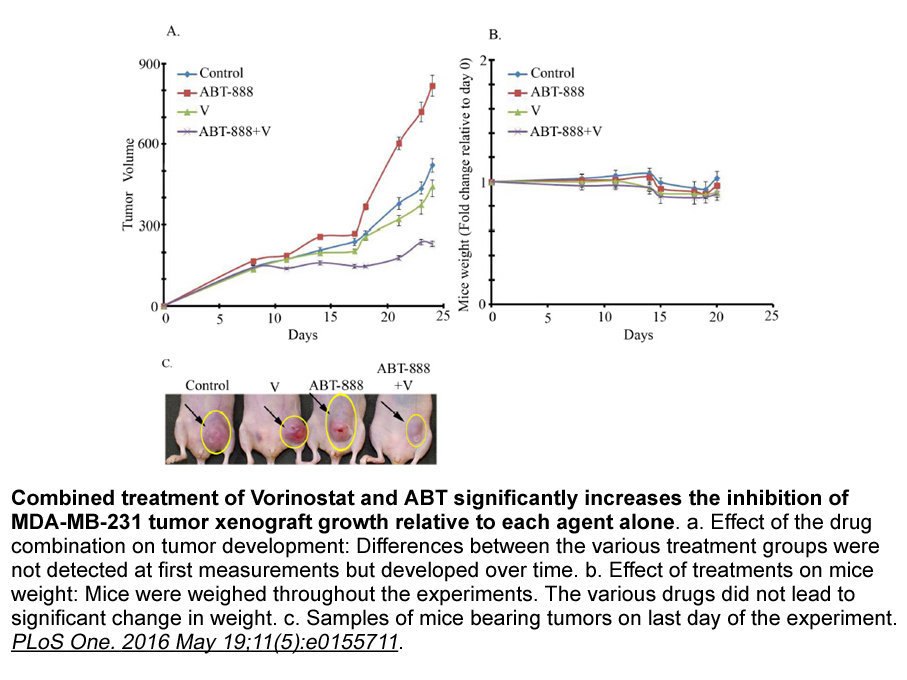
VHb expression in recombinant E. coli expressing P4H improved Hyp production, presumably by enhancing oxygen transfer. VHb expression contributed to improving growth and extending the period of exponential growth in both shaker flask culture and bioreactor fermentation. A similar phenomenon was also
-
br Study design br Results We enrolled subjects awaiting SOT
2020-11-17

Study design Results We enrolled 50 subjects awaiting SOT (15 kidney, 14 liver, 1 liver + small bowel, 11 lung, 9 heart) and 50 controls (Table 1) who were similar with respect to median age (subjects 49.1 yrs., controls 48.6 yrs.) gender (64% male subjects and controls), and CMV-seropositivit
-
The binding pattern of was
2020-11-17

The binding pattern of 1 was analysed by flexible molecular docking. The Oxaprozin inserted into the narrow ATP binding site of CK2 (Fig. 2). As shown the aliphatic chain of 1 was located at the edge of the pocket and established van der Waals interactions with the side chains residues of Ile95, Me
-
The acetylcholinesterasic activity of exposed
2020-11-17
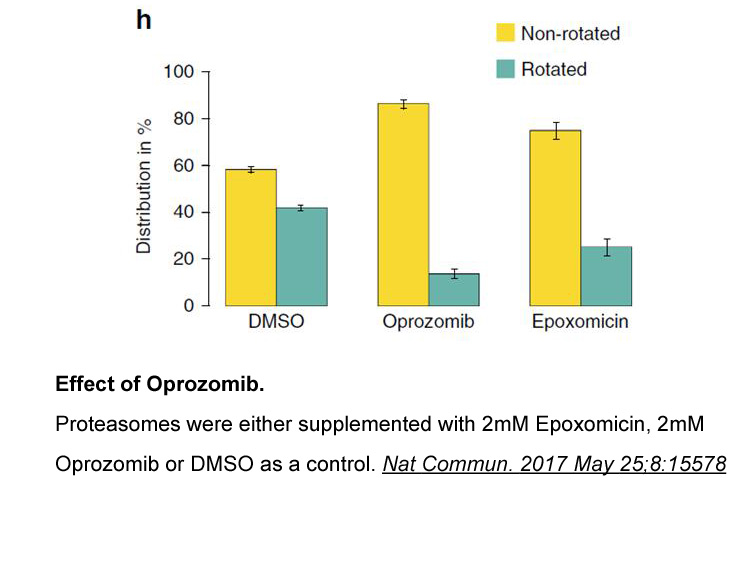
The acetylcholinesterasic activity of exposed animals, after treatment with diverse concentrations of uranium and following distinct recovery periods, remained unaltered for all species. This finding suggests that uranium, in spite of being a water-soluble metal, does not exert any effect on the sel
-
br Acknowledgements This work was
2020-11-17

Acknowledgements This work was supported by grants from National Natural Science Foundation of China (31772196 and 31301693), the Chinese Ministry of Agriculture (the 948 project no. 2014-S10). Rothamsted Research also receives grant-aided support from the UK Biotechnology and Biological Sciences
-
br Results br Discussion Fetal development occurs under cond
2020-11-17
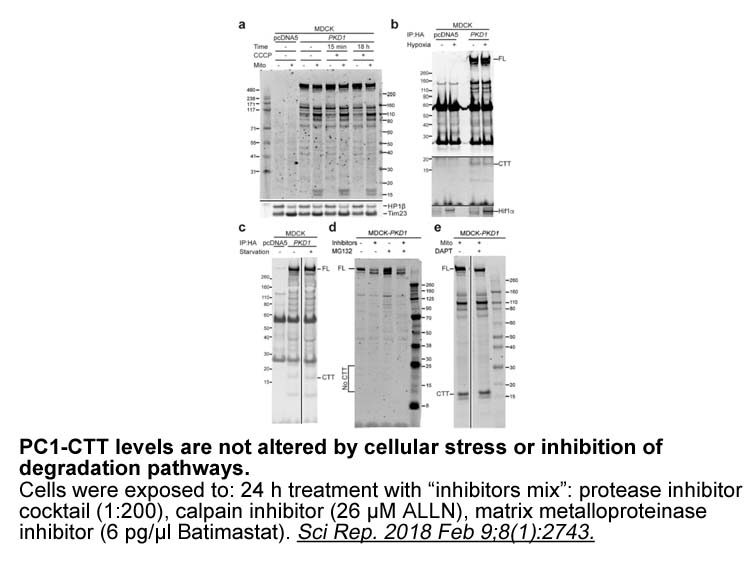
Results Discussion Fetal development occurs under conditions of low oxygen tension and steady maternal glucose such that physiologic systems including the pancreas are functionally poised in the prenatal state. Postnatally, oxidative metabolism becomes dominant and intermittent feeding exposes
-
The role of Epac in the
2020-11-17

The role of Epac in the regulation of intracellular Ca homeostasis and contractility is still matter of debate. In rat adult cardiomyocytes, acute Epac stimulation decreased the amplitude of Ca transients [6], [9], [10] with either no changes [6] or increments [9] in cell shortening, suggesting an e
-
APY29 br Conclusion br Introduction Biological wastewater tr
2020-11-17

Conclusion Introduction Biological wastewater treatment is targeted towards the removal of phosphorous, nitrogen and organic substances by the metabolic activity of a diverse activated sludge microbial community. More precisely, it is based on the versatile catalytic activity of the microbial
15404 records 778/1027 page Previous Next First page 上5页 776777778779780 下5页 Last page